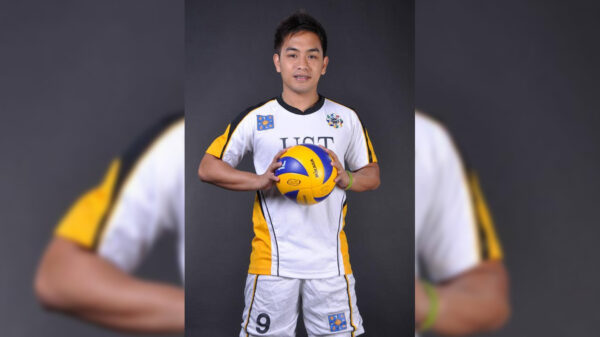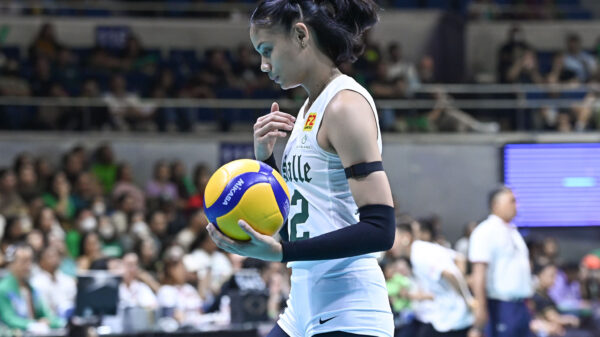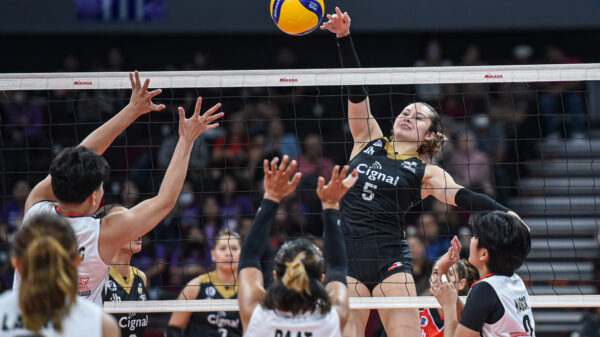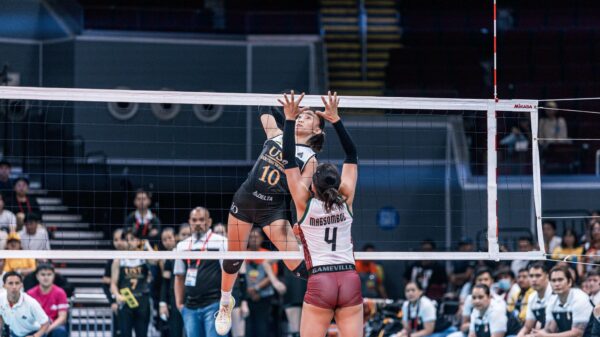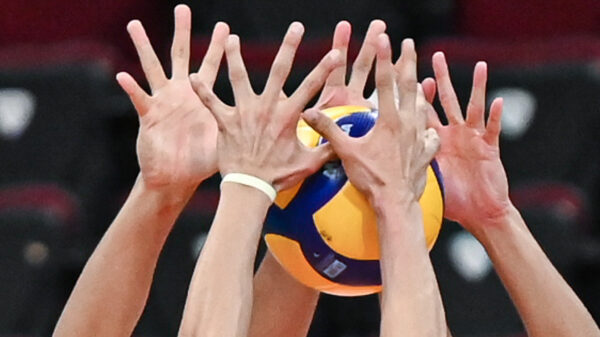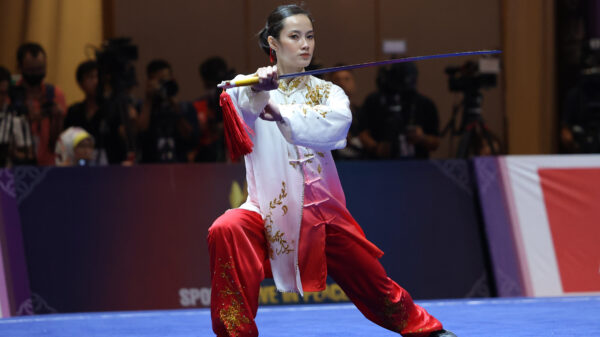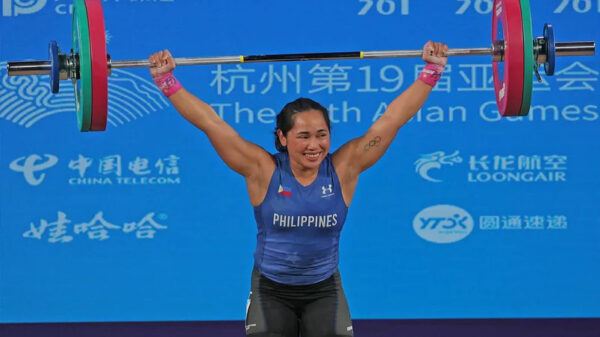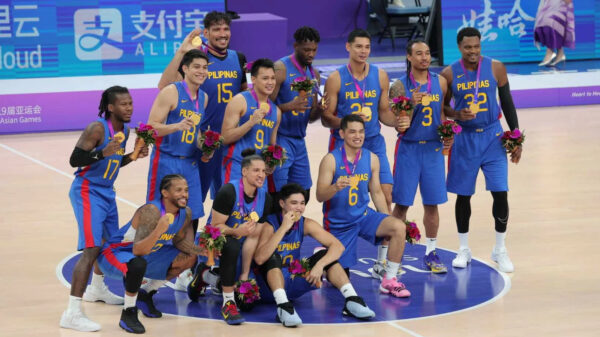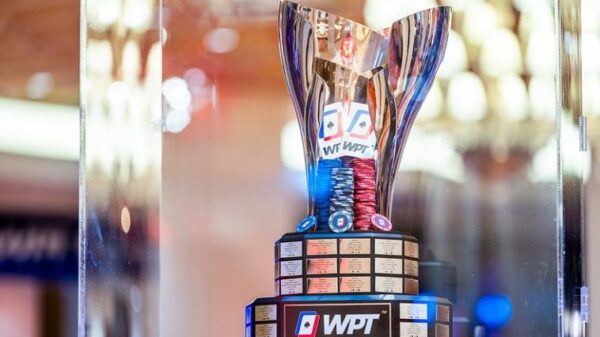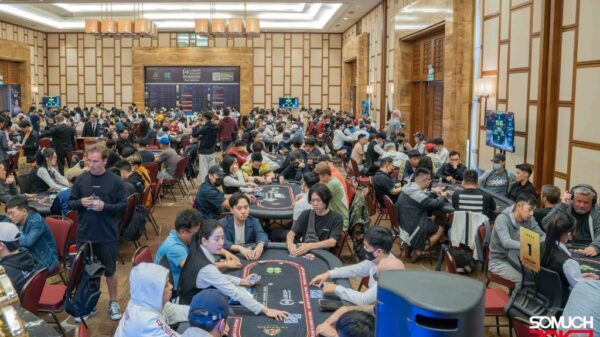Long before Manny Pacquiao’s punches were heard around the world, there was Lydia de Vega.
No other athlete except for Pacquiao has captivated the nation more than de Vega during her prime.
She was the face of Philippine sports in the eighties, the girl with the ponytail who filled every nook and cranny of the old Rizal Memorial baseball stadium and whose life story was made into a movie in which she starred herself.
Diay, as she is fondly called, filled the newspapers with her exploits on and off the track.
Her run-ins with then sports czar Michael Keon were legendary.

Keon, a nephew of then President Ferdinand Marcos Sr., was the executive director of Project: Gintong Alay, the predecessor of the Philippine Sports Commission and president of the Philippine Olympic Committee.
The young, bearded sports official was known for instilling discipline in his athletes and did not give preferential treatment to anyone, including Diay.
When Diay broke camp rules, Keon did not include him in the delegation bound for the China Open Invitational track and field meet in 1982.
But Imelda Marcos, then First Lady and Minister of Human Settlements, intervened and convinced her nephew to allow Diay to join the team.
“Everybody is correct here. Keon has his problems, he was working in terms of budget and discipline,” she said.
“I fully understand his concern for discipline as head of the sports association, but I also fully appreciate the concerns and needs of a father.”
Francisco “Tatang” de Vega, a retired policeman, was the strict father and coach of the track phenom.
He was a celebrity himself known for his witty remarks and his favorite pastime — fighting spiders, locally known as gagambahan.
The elder de Vega was present in every tournament his daughter took part in and had the last say on her career.
Many experts believed that Diay would have a better chance of winning a medal in the Olympics if she shifts to the 800-meter event, but Tatang would have none of it.
Injuries hounded Diay throughout her career, but that did not stop her from becoming Asia’s sprint queen.
Just a year before winning the women’s 200-meter and 400-meter titles in the 1981 Southeast Asian Games in Manila, the 18-year-old whizzed past Indian P.T. Usha in their much-awaited showdown in the Asian Games in New Delhi, India.
However, Diay aggravated an old injury, preventing her to complete a sprint double.
She would wait for another four years to achieve the golden double in Seoul, South Korea against her old Indian rival.
After making her second Olympic appearance in Seoul in 1988, Diay took the next few years off to raise a family.
Now a mother, she briefly made a comeback in 1991 by winning the century dash in the SEA Games a title she successfully defended in 1993 in Singapore.
Diay won more than 40 gold medals in international meets in a career spanning 17 years. She left the country to teach school children in Singapore.
Out of the sports radar for many years, Diay quietly returned to the country last April for medical treatment.
She spent the last weeks of her life inside the hospital intensive care unit. She was 57.

